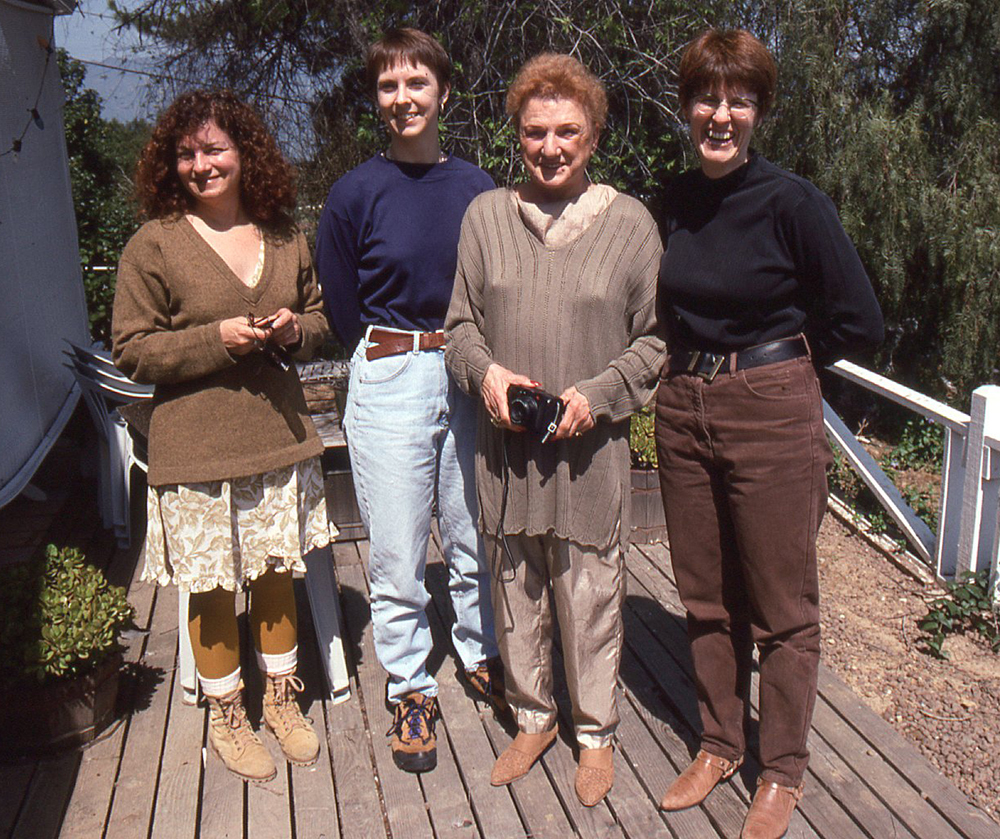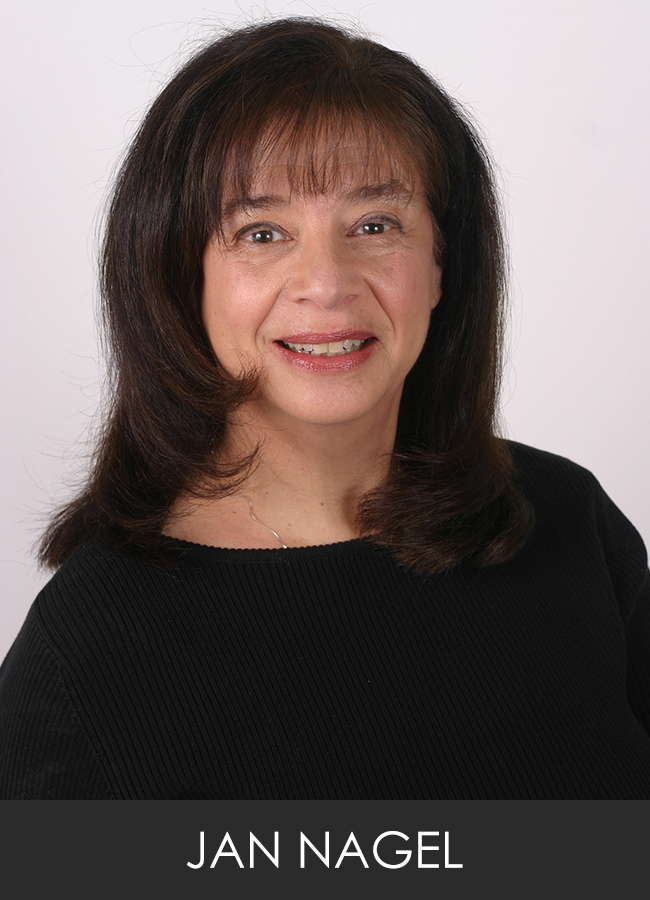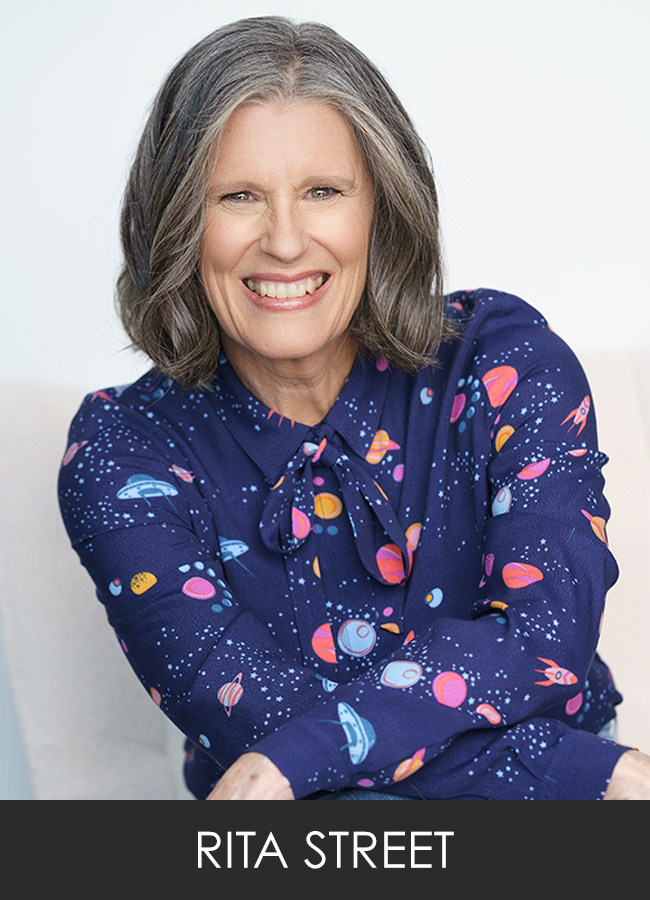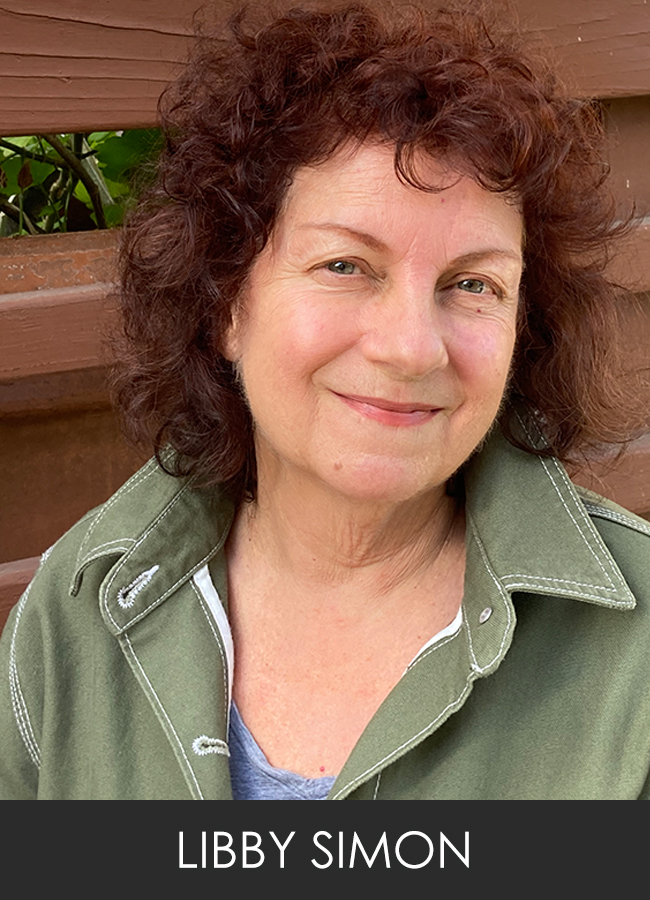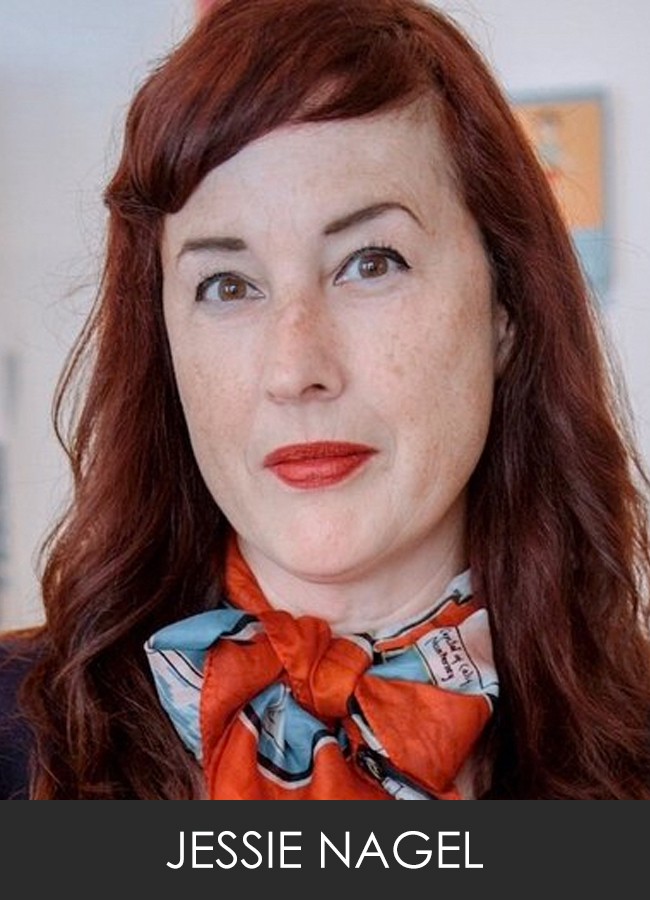SPOTLIGHT STORIES: FOUNDING MEMBERS OF WOMEN IN ANIMATION
Conversation edited by Tracey Miller-Zarneke
In January 2024, key founding members of Women in Animation gathered to look back at where it all began…and that joyous, reflective reunion is what inspired a Spotlight to be shown upon their trail-blazing efforts over 30 years ago which laid the path for what today’s WIA has become.
Led by original founder Jessie Nagel (Newsletter Editor and Secretary), this jaunt down memory lane discussed the landscape that sparked the organization’s creation and the powerful results of bringing together women from various aspects of the industry – fueled by laughter and a passion for craft. Participants in the conversation included Rita Street (Founder), Jan Nagel (President for 19+ years), Libby Simon (Chair of the Historical Committee) and Sue Kroyer (Chair, Special Projects).
The following is an edited recap of their conversation, shared with approval of all participants.
Jessie: Rita, can you set the stage for us, talking about the industry landscape preceding the organization’s launch?
Rita: Animation’s history is full of booms and busts – everybody would get a job, everybody would get laid off, everybody would move. But something crazy happened in 1992 that really kind of set the stage for animation today, and that was the success of Walt Disney’s Aladdin. It was the highest box office earner period in 1992, and that birthed an animation boom – both financially and a huge creative boom. Some of the great pieces of animation art that came out were Nightmare Before Christmas, Two Stupid Dogs, Beavis and Butthead, Rocko’s Modern Life. And the winner of the Academy Award for Shorts was Joan Gratz for Mona Lisa Descending a Staircase. As the editor of Animation Magazine in that era, I had a bird’s eye view of the industry, and knew if there was a boom there was likely a bust on the horizon. Shouldn’t we start talking about it, and planning for it, I wondered?
I thought to myself, “who could you talk to who would actually come up with ideas and then take action? That’s always been my girlfriends.” I decided to use new technology and send the fax to 40 or 50 women friends saying “hey, come to my apartment and we’ll have pizza and wine and talk about the idea of forming some sort of women’s organization to support the art and industry of animation.” So about 30 great gals showed up, including great artists like Linda Miller, Chuck Jones’ daughter Linda Jones and even Lily Tomlin. Lily Tomlin was awesome…she said, “you have to do this. This is destiny. You can’t step back from this. Go forth and birth your own organization.” So we did.
Thanks to Fred Seibert and Heather Kenyon at Hanna Barbera, the early WIA planning meetings had a regular spot at this conference room called the Water Buffalo Lodge – which if you don’t watch The Flintstones, I’ll tell you that’s the guys’ club frequented by Fred Flintstone. Yes, we started a women’s org in a room named for a men’s club.
Jessie: Jan, how did Women in Animation move forward to become an official organization, and what were some of its earliest events?
Jan: WIA became a non-profit by starting out as a special project of ASIFA for fundraising purposes. Our very first public meeting was held at Disney, exceeding capacity in the space we occupied and raising over $1,500 out of the gate—that was a lot in 30 years ago terms!
From the start, we knew that we wanted to educate. We knew that we wanted to create a safe environment for everyone. We offered a founding member opportunity with a membership card that I think Hope (Parker) and I printed out, for those who joined in the first year, and we soon had 1,500 members which is phenomenal. In addition to hosting panels, the original founding members went to industry events where they would invite women – then a glaring minority – to come to impromptu meet-ups to network. At SIGGRAPH, the “Birds of A Feather” WIA event was a renowned gathering that people looked forward to each year. After attending that event, women would walk on the show floor with confidence that there was always somebody they would be able to see and know. They were not alone. That was the basis of WIA, and I am very happy to know that that tradition of networking is continuing today.
Women in Animation continued to grow in scope and scale, with chapters in different cities. Special committees were formed to bolster the organization’s mission to support the art and industry of animation, including an education committee with portfolio reviews by Phyllis Craig, for whom a scholarship fund was later named.
Rita: We believe – and everyone still believes – that cartoons make a difference. Students who are now professionals would write to us and say, “Thank you, that was what I needed to buy my books in grad school and I wouldn’t have made it if it hadn’t been for the fund.”
Jessie: Honoring women’s contributions to the animation industry was central to WIA, including a collaboration with ASIFA to get June Foray, the famous voice actress, her star on the Hollywood Walk of Fame. Libby Simon, whose mother worked in animation, and who became an animation Producer, led the organization’s work via the WIA Historical Committee. Tell us about your history, Libby, and what WIA history meant to you.
Libby: I grew up knowing all these amazing people and animation heroes! They were mostly men, you know, like Bob Clampett and Ben Washham and Tex Avery and Friz Freling…like most people, the history I knew was of The Nine Old Men of Disney. I felt like we needed women to be aware of the women who came before them, those who paved the way…so we formed the historical committee with the intention to produce oral histories and to honor these women.
With a donated camera, tripod, transcriber and audio recorder, we started building a list and interviewing people – many of whom were my mother’s friends. One of the most fulfilling things I’ve ever done in my life is recording these oral histories. A small group of us founding members went on a road trip to conduct some of the interviews, heading up north to talk to Francis and Gus Ariola, Mary Jane Frost, Barbara Baldwin and Julie Harvey. Today, these interviews live in the WIA Archives, housed in UCLA’s Special Collections.
Jessie: We all know that animation is not just entertainment; that art can connect, it can transcend boundaries and it can heal. Sue, can you talk about a few of the programs that you led, specifically some of the cause-based campaigns to help people outside of our immediate community?
Sue: One year, my husband Bill and I took a trip to Italy during the Kosovo War. I saw a couple who I thought were UN peacekeepers, and I invited them to dine with us. The woman explained that she was a teacher and that she was planning a project for children impacted by the war but didn’t have any art supplies. I just looked at her and said, “You’re sitting at the right table because I’m going to get them for you.” I was so motivated and thought it would be a perfect project for Women in Animation. We organized a “Crayons for Kosovo” fundraiser, and with the help of free military shipping, the project garnered thousands of crayons that were delivered to children who created a massive mural. That made me realize there is that aspect of fate putting you in a certain place, the right place at the right time. It sparked something and I thought, wow, Women in Animation can really make a difference.
I also spearheaded a program with WIA and Children’s Hospital called DrawWell, which was inspired by having watched my younger sister find joy in drawing while she was sick in the hospital for about a year at the very young age of six years old. Through this program, we gave hospital-bound kids backpacks, art supplies and art books, all through donation. Wendy Purdue drew us the sweetest logo, and that’s another thing that was brilliant about the organization – people could channel their strengths into our work, and they did so beautifully.
Jessie: What are your thoughts on what WIA has meant to you personally, and on where WIA has grown over the course of these last three decades? Thoughts from other members from way back when are also welcomed here!
Linda Miller (longtime LA Chapter President): There were so many notable moments, many of which revolve around our themed winter holiday parties based on HP Lovecraft, Recession Christmas, Mayan Doomsday Christmas and more.
Pamela Thompson: I would not be who I am without Women in Animation, with all the networking, inspiration and support I enjoyed in those early years.
Lee Crowe: I’m thrilled to share this living history with my class at SCAD (who watched the panel live!)
Rita: We all have a deep appreciation for the great times, the hilarious times, and the poignancy of celebrating how things began, and now it’s really in the hands of the next generation of people. And that to me is where it should be, right?
Jessie: It’s not the perspective of one person or even a small (but mighty) group of people, but how those things kind of connect to the bigger picture, which I think was part of the reason why we wanted to get together at this point in history, for people to see the throughlines or things that still resonate today. We may have a way to go, and that’s why Women in Animation is still working on a number of initiatives about equity. While we can’t speak about how to direct the future of the organization, we are honored to have helped kick it off and excited to see where it goes next.
Sue: For a parting thought, for those of you just starting out in this industry, never forget that you’re you, you’re special, and that’s what’s going to get you over the line.
Jan: My formula is “Passion plus confidence equals perseverance,” and if you have all three of those, you’re going to move forward in this business. Especially if you have the passion.
Today’s WIA is grateful for the vision of our founders, for getting the big ball of equity rolling and sharing their history and reflection with today’s membership. As we continue to strive for authentic representation in all aspects of our industry, we love and appreciate the trail our founders embarked upon, and are honored to be walking this path with all who seek to continue advancing intersectional gender justice.
